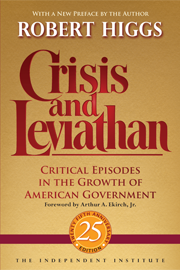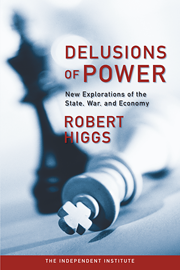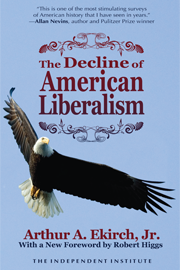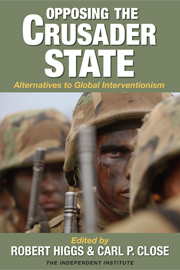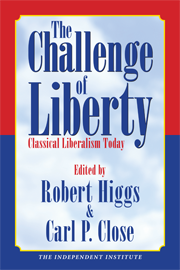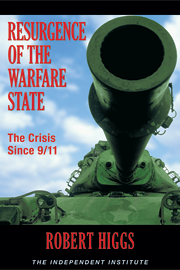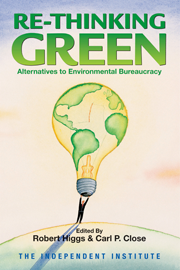During the last third of the nineteenth century, entrepreneurs created a vast open-range cattle industry in the Great Plains region of the United States. During the War Between the States, when Texas had been cut off from free-flowing commerce with the rest of the country, huge herds of cattle had built up on the state’s open range. Being in great supply and limited demand, those cattle had little value in the Lone Star State, but entrepreneurs quickly perceived that they might realize substantial gains by collecting the cattle and driving them north, either to sell directly to farmers and miners or to place them on railroads for shipment to markets farther east. In pursuit of these opportunities, however, the cattlemen faced serious obstacles.
The Great Plains contained a vast expanse of lush grasslands, well suited for the support of cattle. Immediately after the war, however, millions of bison still occupied the area, along with numerous Indian tribes whose cultures revolved around using the big beasts as a source of meat, robes, and hides. Because bison proved unsuitable for domestication and no one possessed effective private property rights in the peripatetic creatures, they became a classic case of the “tragedy of the commons”—a common-property resource on the hoof that hunters had an incentive to kill so long as an animal had enough value to justify the marginal cost of killing it. In two decades, the bison were nearly annihilated.
At the same time, the standing army left over from the war dedicated itself to a series of Indian wars that decimated the Plains tribes and herded their remnants onto reservations where they posed no threat to the millions of whites who came to exploit the areas that the Indians formerly had occupied mainly for hunting and gathering. Still, even as the bison were slaughtered and the Indians dispossessed, the cattlemen had to surmount serious challenges to carry on their businesses successfully.
Because the area contained too little timber or stone to permit economical fencing (at least, until the introduction of barbed wire in the late 1870s), cattle belonging to different owners wandered over great distances and intermingled. To distinguish mine from thine, the cattlemen adopted the old Spanish practice of branding each animal with a distinctive mark to identify its owner. To make the branding system more effective, they established brand registries and supported enactment of territorial or state laws that required the use and inspection of brands. “Without a registered brand, ownership of cattle could not be legally transferred. If someone other than the registered owner had possession of a branded animal, that person had to have an appropriate bill of sale. The brand-registration system also provided for the sale of the brand itself.” 1
Still, even branded cattle intermingled on the open range, and each owner had to separate his animals from those belonging to others before he could sell them. To lower the collection costs, the cattlemen adopted the practice of district roundups, conducted cooperatively by cowboys from each firm stocking that part of the range: a spring roundup for branding the calves (according to the brands on their mothers) and a fall roundup to capture fattened animals for transport to market. Firms that refused to participate in the group roundup were excluded from relations with the other cattlemen—effectively ostracized for business purposes—which proved to be an effective noncoercive incentive for all-round cooperation. The threat of exclusion worked effectively because the conduct of a separate roundup by one firm, covering the entire range to collect its own animals, was too costly to be worthwhile.
Once the cattlemen had established their claims to individual portions of a district—usually by first occupancy and public announcement or by acquisition of legal title to a small area adjacent to the water source nearest a grassland—they formed associations to prevent overgrazing. These groups strove to prevent newcomers from entering an already-occupied range, to keep the existing occupants from overstocking it, and to ensure that each firm provided bulls in sufficient quantity and quality to bring about the healthy reproduction of the herds.2 Such associations were formed throughout the cattle-raising areas of the Great Plains, Rocky Mountain states, and territories from Kansas and New Mexico in the south to North Dakota and Montana in the north.3
“Range Already Overstocked”
For example, in 1883 an association operating on the Musselshell range in east-central Montana published a description of its range in the Helena Daily Herald and stated: “We the undersigned, stock growers of the above described range, hereby give notice that we consider said range already overstocked; therefore we positively decline allowing any outside parties or any parties locating herds upon this range the use of our corrals, nor will they be permitted to join us in any roundup on said range from and after this date.” 4
The cattlemen’s associations also organized efforts to keep rustlers at bay “by patrolling the range and hiring stock detectives who tracked down thieves.” 5 They took matters into their own hands because, as one rancher stated, “the civil laws in courts had been tried and found wanting.” 6 Thus did privately organized institutions provide for the effective protection of property rights—a function that some analysts still mistakenly believe only government can accomplish.
As hordes of farmers spread across the Great Plains, and the U.S. government enforced the homestead law and made other land dispositions in conflict with the rights that the cattlemen had established, the open-range cattle industry faded into historical memory. As portrayed in countless stories and movies, the industry involved anarchic conflict and rampant violence, a depiction untrue to historical reality for the most part. As Terry L. Anderson and Peter J. Hill have written, “Unlike the imagined wild and woolly region where the fastest gun or the biggest landowner exploited everyone else, the real West was generally peaceful because of the stable institutional environment that was carved out by the early pioneers.” 7
Notes
1. Terry L. Anderson and Peter J. Hill, The Not So Wild, Wild West: Property Rights on the Frontier (Stanford, Calif.: Stanford University Press, 2004), p. 149.
2. Ibid., pp. 148–56, 160–66.
3. R. Taylor Dennen, “Cattlemen’s Associations and Property Rights in Land in the American West,” Explorations in Economic History, October 1976, pp. 426–28.
4. Cited ibid., p. 427. Anderson and Hill, p. 165, quote a similar announcement published in 1886.
5. Anderson and Hill, p. 151.
6. Quoted ibid.
7. Ibid., p. 202.



